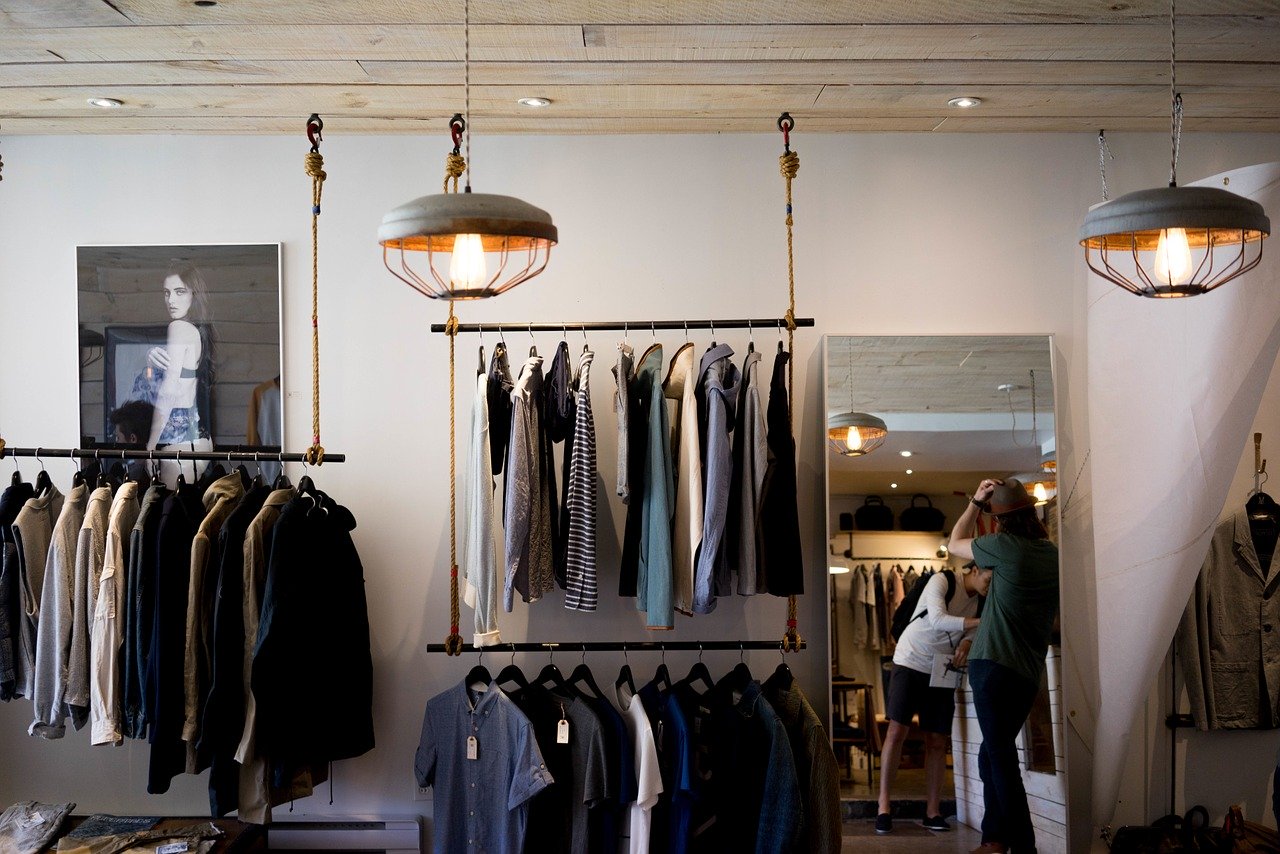
Retail sales in US may fall by 12.3% in April as coronavirus lockdowns are not yet fully lifted. Americans are reducing their spending on many nonessentials.
Economists expect retail sales in US to drop by 12.3% from 8.7% in March, according to Dow Jones. Sales, except automobiles, may plunge by 9.6% month-over-month, compared to a 4.5% drop in March.
“I fear this being a very large decline, probably down minus 12% to minus 15% month-over-month,” said James Knightley, chief international economist at ING.
“That would be consistent with some of the other indicators. We’re looking for a 45% annualized decline.”
On Friday, the retail sales report is considered one of the most crucial economic releases. It will reveal data on consumer activity for the full month of April, when most states were observing lockdowns.
Meanwhile, the April employment report revealed that there are 20.5 million job losses and an unemployment rate of 14.7%.
The recovery of the US economy depends on the activities of consumers. Consumers, in turn, rely on companies to turn layoffs into temporary furloughs rather than layoffs.
Reports show that consumer spending makes up 70% of gross domestic product. With this, economists see a contraction in second quarter gross domestic product of 30% or more.
The retail sales data accounts for about 29% of GDP. According to Knightly, a drop of 12% in April retail sales on top of the March decline would remove 6 percentage points from nominal GDP.
The April retail sales report will cover the changes in Americans' daily lives amidst shutdowns.
Food and beverage industry
Meanwhile, sales at food and beverage stores rose by 25.6% and online shopping increased by 3.1%.
There was a hoarding of toilet paper and groceries in March. Consumers also held onto their cash. The savings rate reached a 45 year high of 13.1%.
Cortera reported the 20% increase in food and beverage stores spending over a year ago. However, restaurant spending plunged by 45% over last year. Meanwhile, overall spending by general merchandise stores, like Target, increased by 6% from a year ago, Cortera said.
According to Cortera, which tracks business-to-business spending, those type of sales declined by 7% overall in April in 2019. The sales in particular sectors would reflect some consumer behavior since many businesses directly serve consumers.
The Cortera spending data on $1.5 trillion in business-to-business transactions in March reflected the retail sales categories that are also in the monthly retail sales report, according to Mark Zandi, chief economist at Moody’s Analytics.
For clothing stores, Cortera reported that consumers nationwide in April spent 46% less than last year.
Return to work
Analysts believe state reopenings could change the figures in May. Data for April reflected the loss of 20.5 million jobs. Nearly four in five people surveyed by the government treated their layoffs as temporary.
“We are going to see the reopenings gather momentum across states this month,” said Knightley. That should be a positive, but it’s unclear how some businesses will fare.
“I’m concerned that it’s just not economically viable to open some restaurants,” said Knightley. He stressed that social distancing measures could restrict business that restaurants and small stores may not maximize their businesses.
“Until you have a vaccine, you’re going to have this reluctance for people to return to what we all called normal behavior and normal spending habits,” he said.
“One thing that is cushioning the blow is all of the fiscal rescue money coming to households. If you add up the stimulus checks, the unemployment and other support, it nearly washes out the lost income from unemployment and lost hours,” he said.
“The hit to the consumer has been cushioned significantly by the rescue package. We’re blowing through it fast. There was $2.9 trillion in rescue money and we already spent half of it. By July 4, it will be largely gone.”






